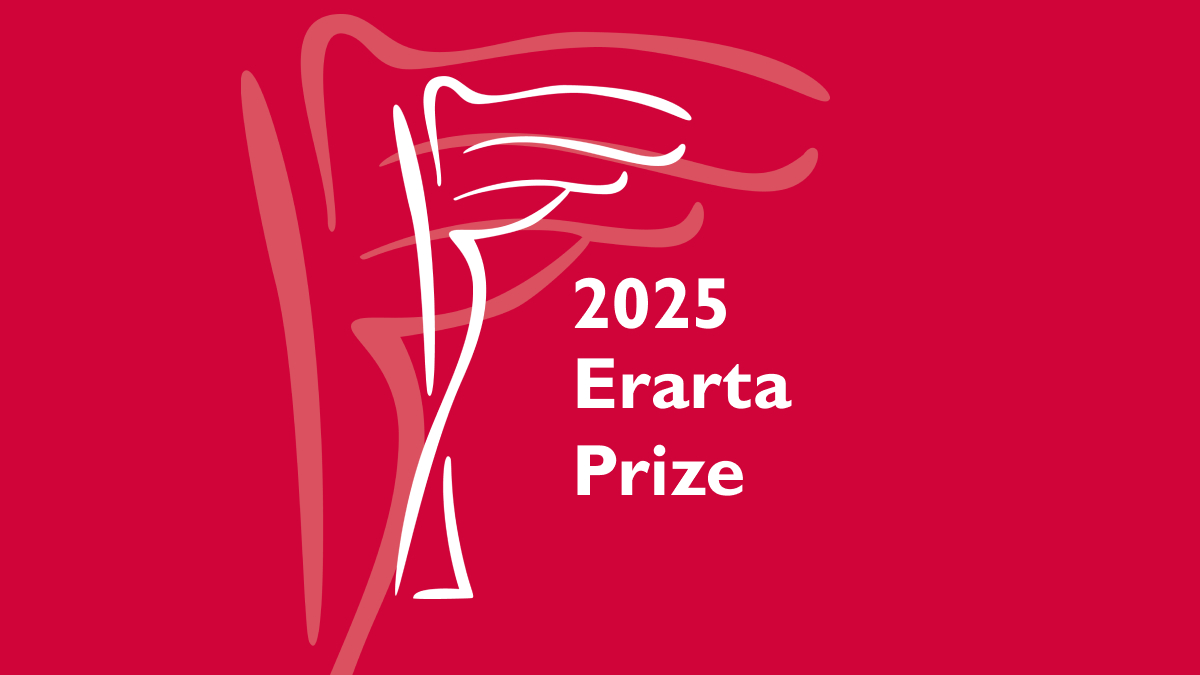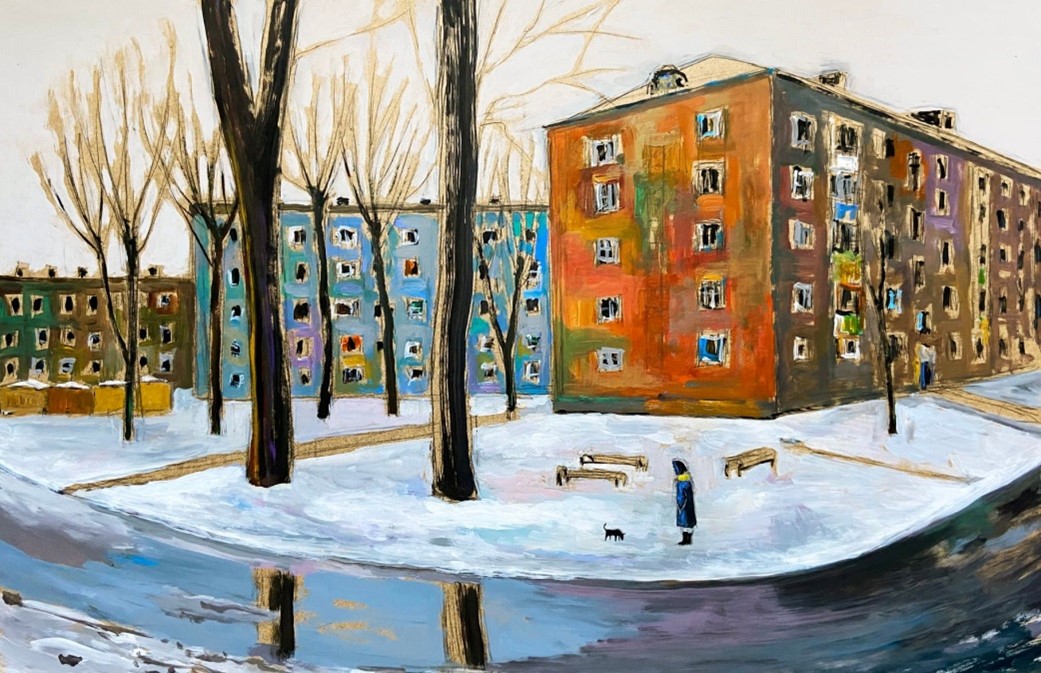Erarta Museum's new project raises the question of freedom vs. non-freedom and explores forms of control over the individual
French philosopher Michel Foucault introduced the concept of the “disciplinary space” in his work dedicated to the surveillance techniques. Four main types of the “disciplinary spaces” can be indentified: school, hospital, army and prison. Within a disciplinary space, a person faces certain restrictions on freedom and ability to manage one’s own time and location, as well as external surveillance and control. This concerns not just the isolated individuals with abnormal behavior, but everybody.
Throughout life a person is bound to get into this or that disciplinary space as one is born in the hospital (a maternity home is a kind of hospital and, with swaddling, the infant encounters non-freedom for the first time), and, in many cases, one also dies in the hospital as well as gets to the hospital in the course of one’s life. Since early childhood and sometimes right after the birth, one gets into the nursery, foster care, boarding school, orphanage, or, kindergarten. A little later one has to go to the school, summer camp (names change, but the system remains), college, or university. Besides, millions of people are subject to compulsory military service. With regard to prison population and the number of people that have gone through the penitentiary system, our country is high up on the world list, even though it is far below USA. And yet, these are archaic, traditional forms of discipline.
Over the past few decades, life has become more complex, methods of control have developed and the areas of close surveillance of an individual have widened. For example, contemporary disciplinary spaces should perhaps include an office and an airport. Recently a new class exerting ever-growing influence on society has emerged called Siloviki (from Russian “people of force”). Corruption that accompanies control remains for the time being outside the scope of visual arts. Yet another story (subject) is traffic control and poetics of GIBDD (General Administration for Traffic Safety).
The logic behind public safety has led to unprecedented surveillance measures in transport, communication, mobile services and computer monitoring. In most cases we pass through the security zones even in museums and theatres. A modern office packed with cameras and mandatory magnetic cards for employees registering time of arrival and leaving, movements patterns, duration of smoke breaks and lunches has became new and rather widespread form of disciplinary space.
Harsh archaic forms of non-freedom characteristic of our history such as kolkhoz, the Gulag, and mandatory public organizations were replaced by other, implicit ones. These include cults, revolutionary groups, debt collection agencies, sport clubs, etc.
Perhaps, cemetery with its geometrization and order is the final form of the disciplinary space. Disciplinary spaces are gaining increasing prominence in the structures of everyday life, forming a panoptical system and implementing a new strategy of power by disenfranchising the individual in the society.
The intent of the exhibition at Erarta Museum is not to recall and illustrate the ideas of Michel Foucault, but to reflect on modern areas of non-freedom and our perception of them here and now, in our everyday life, in our society. This subject attracted a lot of interest and dozens of artists sent their works.
The exhibition includes the works by contemporary Russian artists from Saint Petersburg, Moscow, Krasnoyarsk, Novosibirsk, Omsk, Ufa, Berlin and other cities: Andrey Pozdeyev (1926–1998), Valery Lukka, Nikolay Sazhin, Andrey Vetrogonskiy, Aron Zinshtein, Yulia Sopina, Inna Grinchel, Maria Safronova, Vitas Stasyunas, Vladimir Fateev, Alexey Lantsev, Voligamsi, Rinat Minnebayev, Andrey Sikorsky, Andrey Rudyev, Yury Kartavtsev, Alexander Kosenkov, Natalia Rumyantseva, Anna Krasnaya, Igor Kylik, Nikita Pozdnyakov, Dmitry Loktionov, Aleksey Chizhov and other authors.









